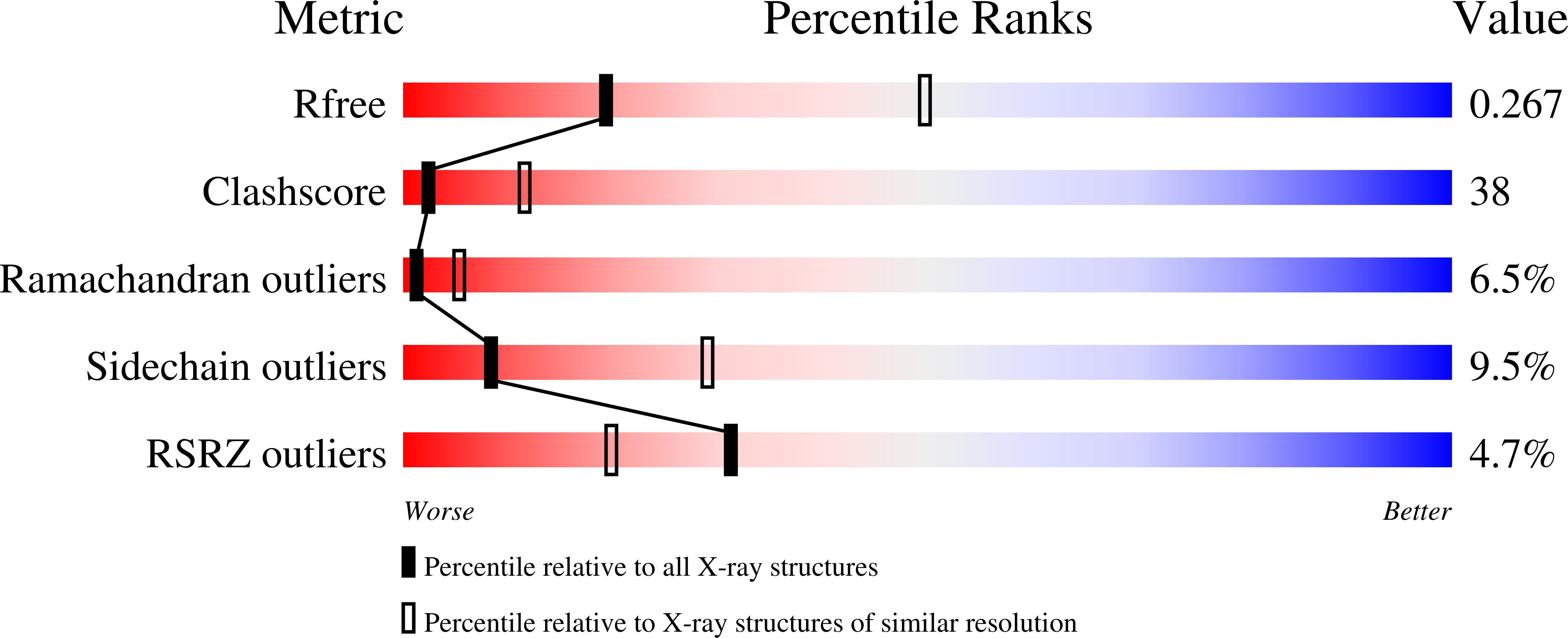
Deposition Date
2012-12-07
Release Date
2013-03-27
Last Version Date
2023-11-08
Entry Detail
PDB ID:
3W31
Keywords:
Title:
Structual basis for the recognition of Ubc13 by the Shigella flexneri effector OspI
Biological Source:
Source Organism:
Shigella flexneri (Taxon ID: 623)
Homo sapiens (Taxon ID: 9606)
Homo sapiens (Taxon ID: 9606)
Host Organism:
Method Details:
Experimental Method:
Resolution:
2.96 Å
R-Value Free:
0.28
R-Value Work:
0.24
Space Group:
P 3 2 1


